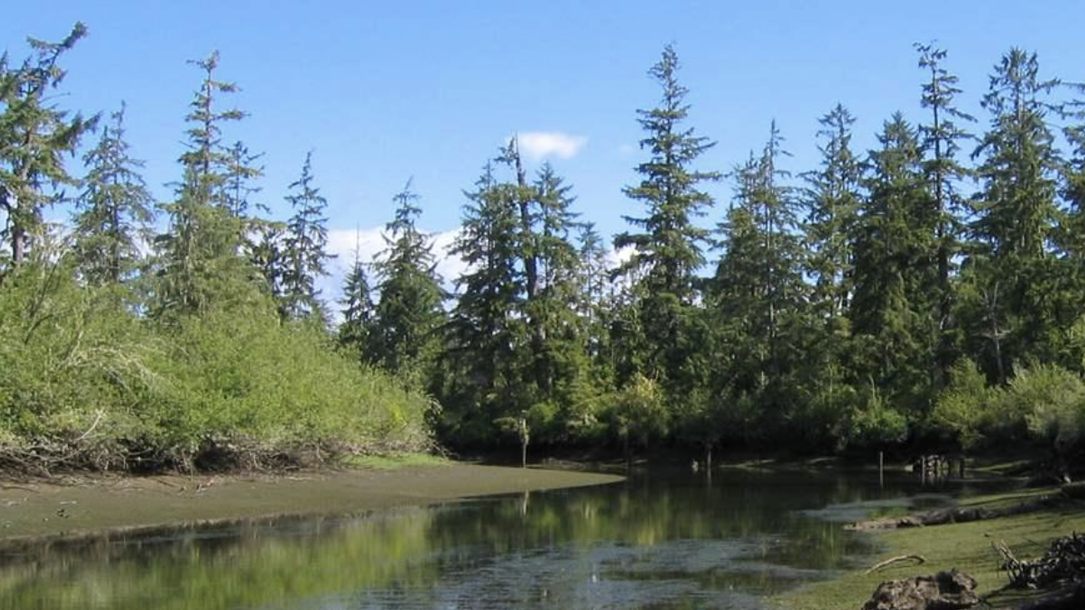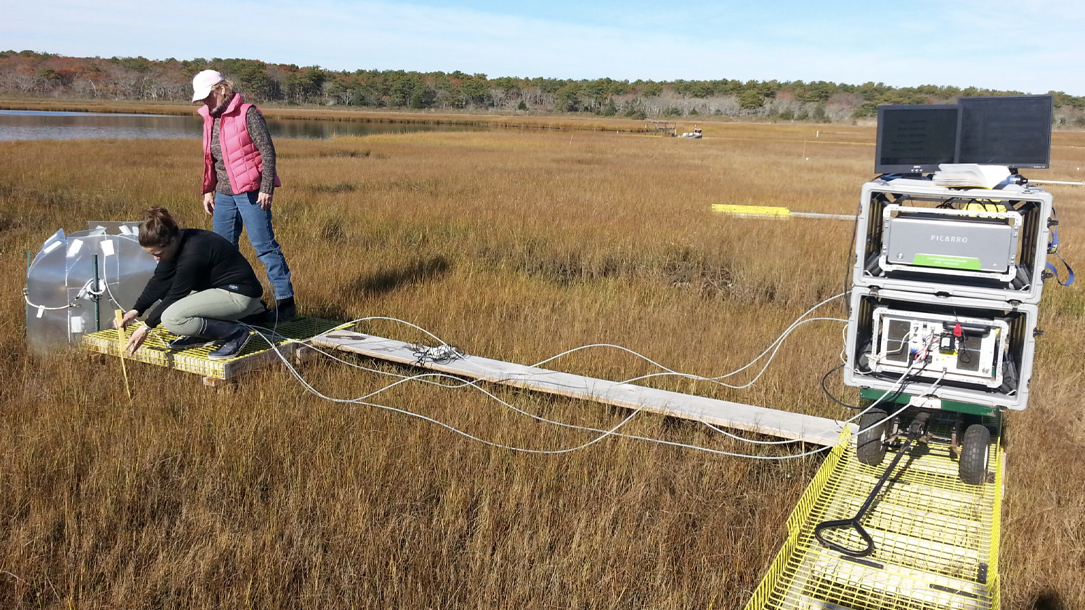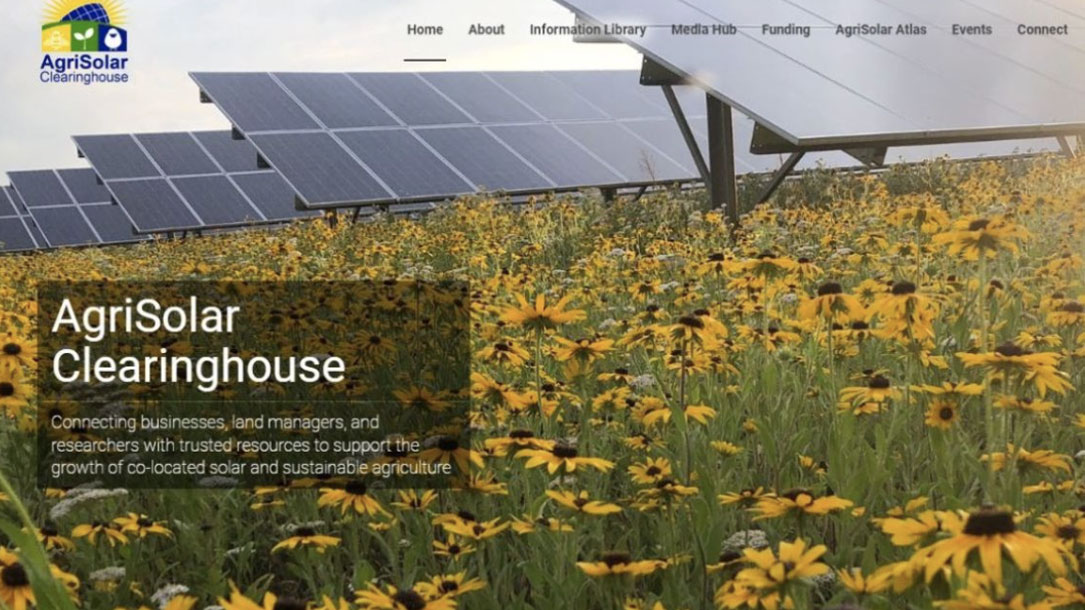Home > Climate News >

Democrats respond to fear because they internalize it already. Republicans respond to opportunity.
Most people now agree that climate change is real and that humans are causing it. But that’s where the consensus stops. Political pollster and strategist Frank Luntz, known for pioneering political focus groups, believes there is a better way to reach more people, more effectively in order to mobilize real action on climate change. In this highly interactive talk…

How can states set ‘blue carbon’ baselines to help meet their climate goals?
As awareness grows of the important contributions of “blue carbon” habitats—such as salt marsh, tidal forested wetlands, and seagrass beds—in sequestering carbon and reducing climate change impacts, states are beginning to incorporate these coastal ecosystems into their strategies for reducing emissions and enhancing carbon storage through improved management of natural and working lands.

States can use federal data to assess ‘blue carbon’ and combat climate change
During a recent webinar hosted by The Pew Charitable Trusts, experts from the U.S. Environmental Protection Agency and Silvestrum Climate Associates highlighted how new and expanded federal data resources can help states catalog and conserve “blue carbon”— carbon captured and stored in coastal wetlands…

Biodiversity safeguards bird communities under a changing climate
Community-level diversity works as a buffer against negative climate change impacts, especially during winter, i.e the season that has shown strongest climatic warming across the Northern Hemisphere.
On the other hand, biodiversity played a smaller role during the breeding season. Indeed, earlier studies have shown that bird communities change faster during winter than summer, which explains this pattern…

Alley cropping case studies in Appalachia
The Natural Resource Conservation Service (NRCS) describes alley cropping as having several conservation purposes, including reducing surface water runoff and erosion, improving soil health, altering subsurface water quantity or water table depths, enhancing wildlife and beneficial insect habitat, increasing crop diversity, and increasing carbon storage.
Much like agrivoltaics with crops and/or cattle, the combined farming practice can increase overall yields and benefits. Plus, funding may be available. The case study focuses on Appalachia but could be emulated elsewhere.

Solar farms put cow comfort and crop yield ahead of harvesting electrons
Solar arrays that promise to generate happier, healthier cows and crops, while producing cheap electrons on the side, are being put into practice in France, following a series of government-led energy tenders with a difference…
To really drive home this focus, the French government used contracts for the difference where the price per MWh is set for 20 years above the market value to compensate for the prioritization of agriculture and livestock over maximum solar production…

New York City’s greenery absorbs a surprising amount of its carbon emissions
A study of vegetation across New York City and some densely populated adjoining areas has found that on many summer days, photosynthesis by trees and grasses absorbs all the carbon emissions produced by cars, trucks and buses, and then some. The surprising result, based on new hyper-local vegetation maps, points to the underappreciated importance of urban greenery in the carbon cycle…

Low salt marsh habitats release more carbon in response to warming, a new study finds
Salt marshes, excellent reservoirs of carbon, are living ecosystems with vegetation and microscopic organisms that live, breathe, poop, and die in the marsh mud.
“This is a place where you could get the biggest bang for your buck, if you will, if you’re interested in trying to invest some resources in sequestering carbon using biological systems,” said Serena Moseman-Valtierra, an associate professor of biological science at the University of Rhode Island.
Yet as temperatures rise, marshes at the lowest elevations may also be significant emitters of carbon…

Scientists sound alarm as ocean temperatures hit new record
The world’s oceans, which have absorbed most of the excess heat caused by humanity’s carbon pollution, continued to see record-breaking temperatures last year, according to research published Wednesday.
Climate change has increased surface temperatures across the planet, leading to atmospheric instability and amplifying extreme weather events such as storms…

Farmer first solar: Agrivoltaics webinar series
The AgriSolar Clearinghouse is an information-sharing, relationship-building public communications hub for all things agrisolar. The AgriSolar Clearinghouse is offering a free series of webinars regarding research on how solar and agriculture can work (and are working) together to enhance farm/ranch viability, soil health, and water management.
Webinar topics include: the cost of agrivoltaics, growing crops under solar panels, taste differences among crops grown under panels, solar and pollinator habitats, and more. You can sign up here, or watch recordings of past webinars.












